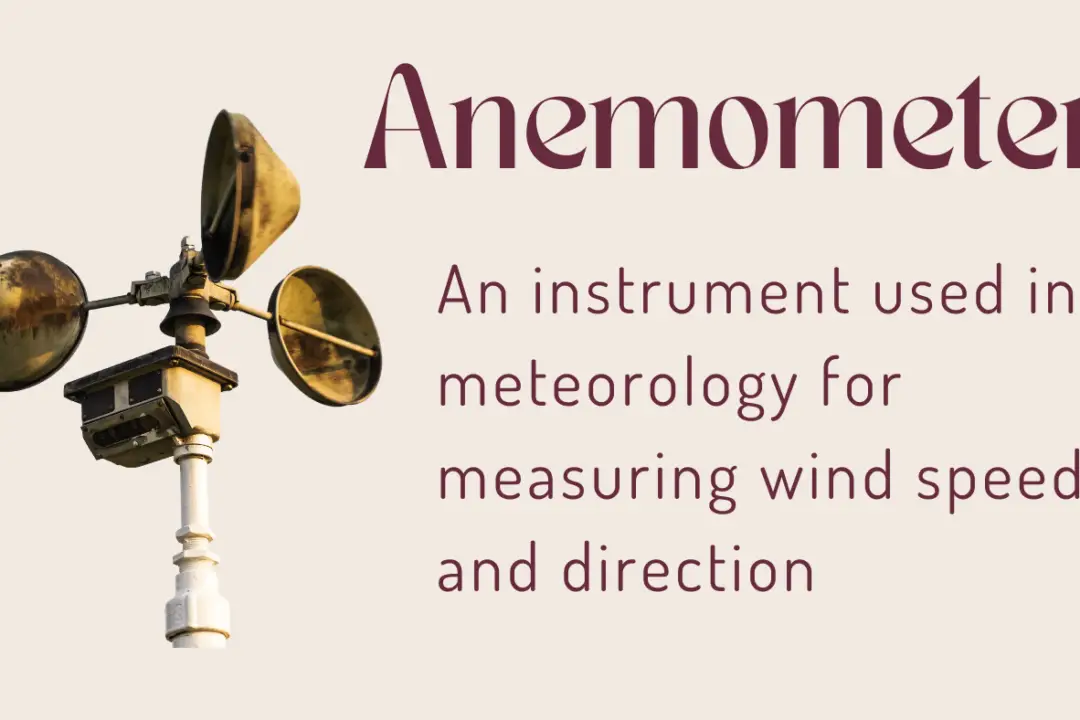
Newton’s first law of motion introduced us to the concept of inertia. The inertia of a body is its inability to change its state of rest or linear, uniform motion on its own.
Now the question is whether we have a similar concept when it comes to rotating bodies, and the answer is yes, we do have rotational inertia. Let us first define the moment of inertia.
It is a property of a body that opposes the torque that tends to change its state of rest or uniform rotation about an axis of rotation. It depends on the distribution of mass in space.
If we know the formula for the moment of inertia of a rotating body, we can find the unit of moment of inertia. The formula for the moment of inertia of a system about its rotational axis is,
$$I=\sum_{i=1}^{n}mr^2$$
Let us now look at the unit of moment of inertia in various systems of units
It is important to note that we commonly encounter two types of moment of inertia.
Unit of Moment of Inertia
The following are the different types of the moment of inertia units and their formulas:
- Area moment of inertia: $mm^4$ or $in^4$
The moment of inertia unit is expressed in millimeters $(mm)$ in this case of the area moment of inertia. - Mass moment of inertia: kg.m2 or ft.lb.s2
The moment of inertia we work within mechanics is the mass moment of inertia.
Unit of moment of inertia in MKS system
Unit of the moment of inertia in MKS system is kg.m2
What is the SI Unit of Moment of Inertia?
The moment of inertia unit is a derived unit of measurement. In the International System (SI), mass $m$ is measured in kilograms, and distance $r$ is measured in meters, with $I$ (moment of inertia) having the dimension kilogram-meter square.
So, the unit of moment of inertia in SI system is kg.m2. It is the same as the MKS system of units.
Unit of moment of inertia in CGS system
In the CGS system, the unit is g.cm2
This is because in the CGS unit system, the unit of mass is gram and for measuring length centimeter is used as a unit.
Conversion Between Units
Following is the table with the moment of inertia unit conversion:
| Unit | kg. m2 | g.cm2 | lbmft2 | lbmin2 |
| kg. m2 | 1 | 1×107 | 2.37×10 | 3.42×103 |
| g.cm2 | 1×10-7 | 1 | 2.37×10-6 | 3.42×10-4 |
| lbmft2 | 4.21×10-2 | 4.21×105 | 1 | 1.44×102 |
| lbmin2 | 2.93×10-4 | 2.93×103 | 6.94×10-3 | 1 |
Frequently asked questions
Is moment of inertia is scalar or vector?
What is the Moment of inertia of a rod of mass M and length L?
The axis of rotation passes through the center of the mass.
$$I = \frac{1}{12} ML^2$$
The axis is through the end of the rod
$$I_{end} = \frac{1}{3}ML^2$$
What is the dimension of the moment of inertia?
What is the unit of moment of inertia of an area?
What are the factors on which moment of inertia depends?
1. The density of the material
2. Shape and size of the body
3. Axis of rotation
4. distribution of mass (mass distribution) relative to the axis
What exactly is the difference between the moment of inertia and area moment of inertia?
the area moment of inertia is a measure of a shape’s resistance to bending about a specific axis.
Is the moment of inertia affected by angular momentum?
In rotational mechanics, angular acceleration is proportional to a body’s moment of inertia. The moment of inertia can be thought of as the ability to withstand torque. A solid object’s angular momentum is simply $\omega$, where $\omega$ is the angular velocity in radians per second.






